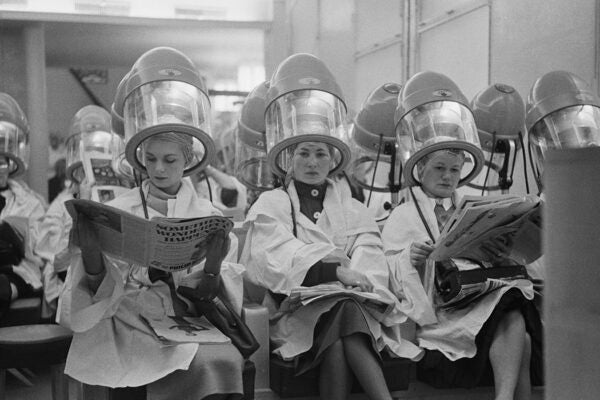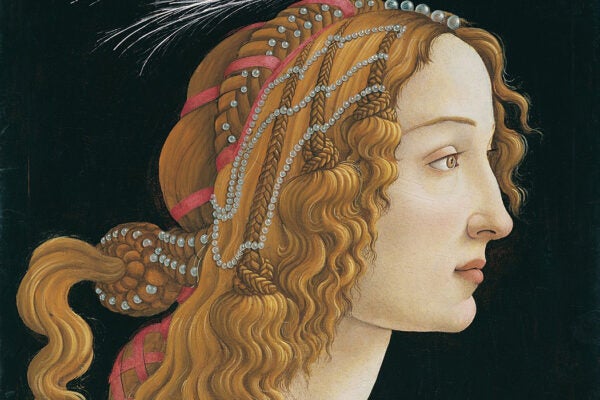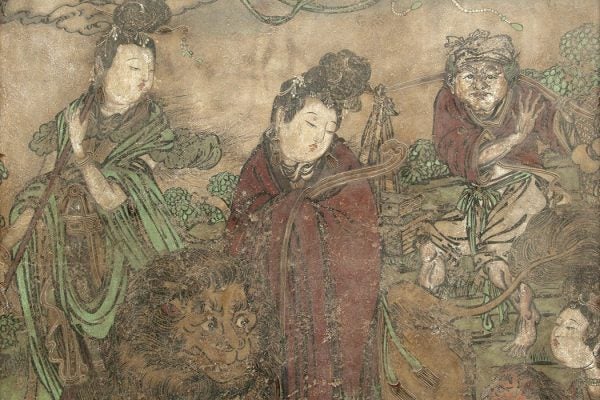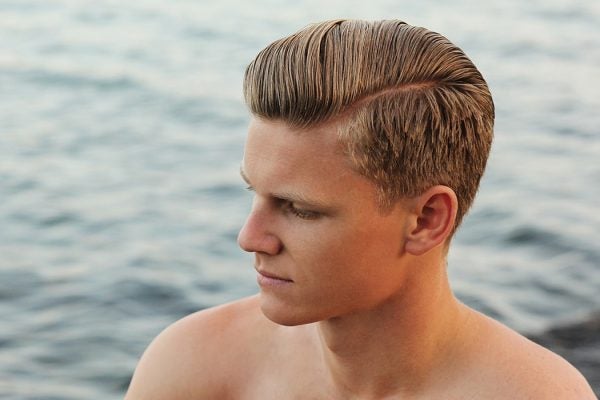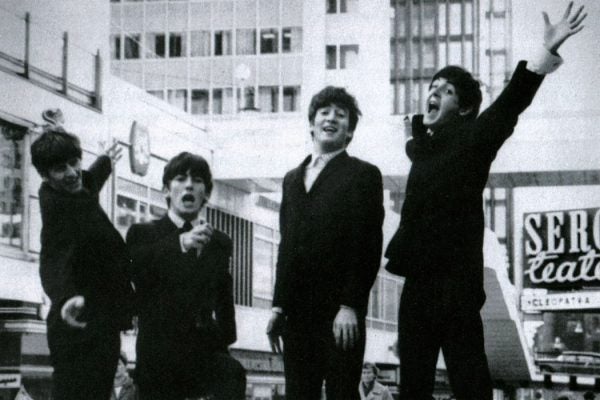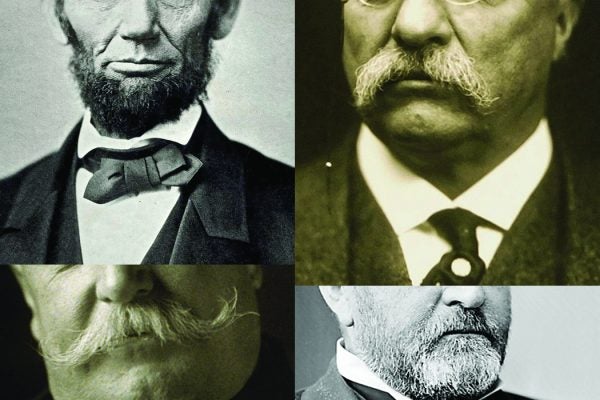A Short History of Hairdryers
The beauty parlor became a place of sociability for women in the twentieth century, partly aided by modern technology of hair drying.
The Renaissance Lets Its Hair Down
The notion that everybody was going to be hairless in Heaven may not have sat well with Italian Renaissance painter Sandro Botticelli.
Hair Embroidery as Women’s Buddhist Practice
In late imperial China, it was a devotional art using hairs plucked from devotees' own heads.
Why Some Men Go to Salons for Haircuts
The difference between a clipper cut at the barber shop and "pampering" at the salon has roots in gender ideology and class structure.
The Afterlife of Royal Hair
Whether worn as a lovelock or set in elaborate jewelry, the clipped-off hair of Kings and Queens outlived the monarchs themselves.
How Natural Black Hair at Work Became a Civil Rights Issue
On the 55th anniversary of the Civil Rights Act, U.S. courts are still divided about African Americans’ right to wear their natural hair in the workplace.
Why Victorians Loved Hair Relics
Victorians were mesmerized by the hair of the dead -- which reveals something about about how they saw life.
The High School Hair Wars of the 1960s
Following the introduction of the mop top by the Beatles, the battle over how long school boys could wear their hair in the 1960s and 1970s went to the courts again and again.
A Puritan War on Wigs
In colonial New England, moral quandaries were everywhere. A surprisingly big one in the 17th and 18th century was whether it was okay to wear a wig.
The Meaning of a Mustache
To shave or not to shave? At the start of the twentieth century, a trend away from facial hair reflected dramatic social and economic shifts.
